Beijing seems unsurprised by the cooling of relations between Washington and Brussels after President Trump returned to the White House. Since 2024, President Xi Jinping has begun to strengthen political dialogue with the EU. The Chinese leader visited France, Serbia and Hungary. This was Xi’s first visit to the EU in five years. President Xi met not only with the leaders of these countries, but also with the head of the European Commission, Ursula von der Leyen.
China and the EU have always been important trading partners. For China, the EU is the second largest supplier of goods after ASEAN countries. EU exports to China include machinery, transport equipment, chemicals, high-tech products, pharmaceuticals, and high-end agricultural products. In contrast, China is one of the EU's leading trading partners. In 2024, bilateral trade volume reached US$785.82 billion. China accounted for about 21.3% of the EU's total imports from non-EU countries and about 8.3% of the EU's total exports to non-EU countries.
However, the EU-China trade deficit is relatively large, reaching $247 billion in 2024. This is mainly due to China's lack of interest in buying relatively high-value European goods that it can produce itself. Beijing is particularly interested in raw materials and microchips, but the EU does not have a clear competitive advantage in either of these areas. Among China's largest partners in the EU are Germany, the Netherlands, France, Italy and Switzerland. While in Germany China buys cars and car parts for use in its production lines, in Switzerland it is luxury goods. In contrast, the EU buys electronics, household appliances and telecommunications equipment from China.
Despite being major trading partners, the EU-China relationship has not always been smooth sailing for a variety of economic and political reasons. Even during President Trump’s first term, the EU supported a policy of containing China. In 2019, Beijing was called a “systemic rival”. In 2021, Brussels implemented a roadmap to reduce its dependence on China. Economic and trade relations between the countries began to deteriorate rapidly. The EU initiated anti-dumping investigations into Chinese electric vehicles. The rise in protectionism in Europe is reflected in the imposition of import tariffs on electric cars from China in July 2024, with tariffs ranging from 17.4 to 37.6%. The EU exempts US electric cars from Tesla, which are assembled in China, with a tariff of only 7.8%.
Throughout 2024, China has been working to deepen its economic and trade relations with the EU. It has achieved some positive results in its rapprochement with Central and Eastern European countries. Last year, China's trade with Serbia (up 31.8%), Romania (up 27.4%), Bosnia and Herzegovina (up 15.2%), Croatia (up 16.8%) and Hungary (up 11.6%). However, with Germany – China's main partner in the EU, bilateral trade increased by only 0.8% during the same period. The deterioration in China-EU relations is reflected in the decline in China's imports from the EU. In the first quarter of 2025, these imports fell by 6.3%.
The tariff war launched by Washington has actually become a “catalyst” for the de-escalation of tensions between Beijing and Brussels. The tariff fever has affected more than 200 countries, and the EU and China are not out of the affected area. President Trump has planned to impose a 20% tariff on European countries, and on China - up to 145%.
Before Washington lowered import tariffs to a basic level of 10% for 90 days on April 11, Beijing made active efforts to move closer to the EU. On April 8, ahead of the three-day reprieve granted by the US to the countries, Chinese Premier Li Qiang and European Commission President Ursula von der Leyen reportedly held talks aimed at boosting bilateral trade cooperation. China reiterated that the two sides are important trading partners whose interests are closely intertwined. Premier Li pledged that China supports “economic globalization and trade liberalization.” The sides support a “negotiated solution to the current situation” and prevent further escalation. At the same time, Beijing announced its intention to hold a major summit with the EU in late July 2025, right after the 90-day reprieve expires.
Another factor that has brought Beijing and Brussels closer together is the 25% tariff that President Trump imposed on all cars imported into the US. On April 11, the parties began discussions on easing the EU's tariff policy on Chinese electric cars and replacing the tariffs with a minimum price system.
The next scenario for the economic and trade relations between China and the EU is difficult to predict. The possibility of a negative scenario and the imposition of the 20% tariffs that the US has warned against on the EU is very high. In this case, Beijing and Brussels will be forced to move closer together, trying to find the most favorable compromise terms for cooperation. In a meeting with Premier Li Qiang, Ursula von der Leyen reiterated the need to balance the trade balance between the countries, as well as provide European goods with access to the Chinese market.
Brussels is clearly in a bind. In any case, the tariff war will force the EU to negotiate with Beijing. Meanwhile, the Trump administration will not abandon its policy of containing China, at least through tariffs. On the contrary, Beijing will focus on finding like-minded countries and creating an “anti-tariff” alliance. Any attempt by Washington to isolate China would have a huge impact on the global supply chain, as China is now considered the “factory of the world,” accounting for a huge share of the production and export of electronics, machinery, pharmaceuticals, batteries, construction materials, and consumer goods.
China and the EU have both overlapping interests and differences. Competition between them will not subside. China and the EU will continue to seek new markets for their products, but the “common threat” will unite them, prompting them to seek compromise and narrow their confrontation.
Hung Anh (Contributor)
Source: https://baothanhhoa.vn/lien-minh-chau-au-va-trung-quoc-lien-thu-vi-thue-quan-cua-my-246553.htm


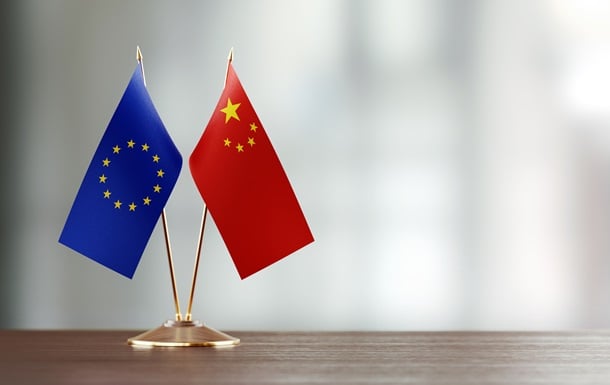
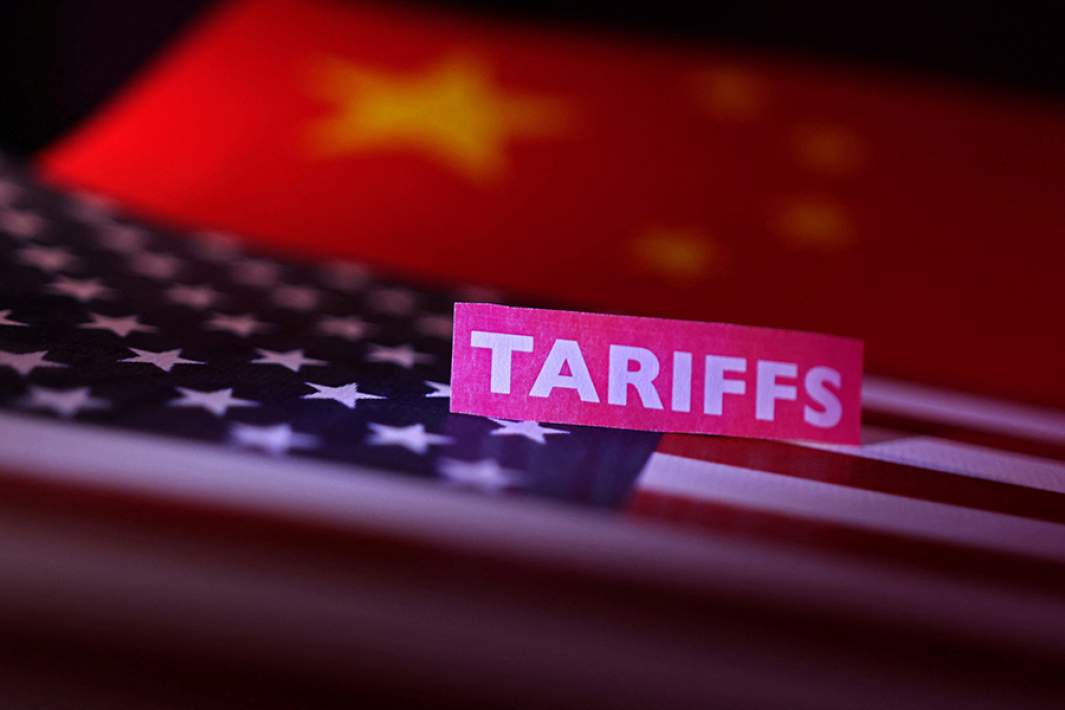
![[Photo] Magical moment of double five-colored clouds on Ba Den mountain on the day of the Buddha's relic procession](https://vphoto.vietnam.vn/thumb/1200x675/vietnam/resource/IMAGE/2025/5/9/7a710556965c413397f9e38ac9708d2f)


![[Photo] Prime Minister Pham Minh Chinh chairs a special Government meeting on the arrangement of administrative units at all levels.](https://vphoto.vietnam.vn/thumb/1200x675/vietnam/resource/IMAGE/2025/5/9/6a22e6a997424870abfb39817bb9bb6c)

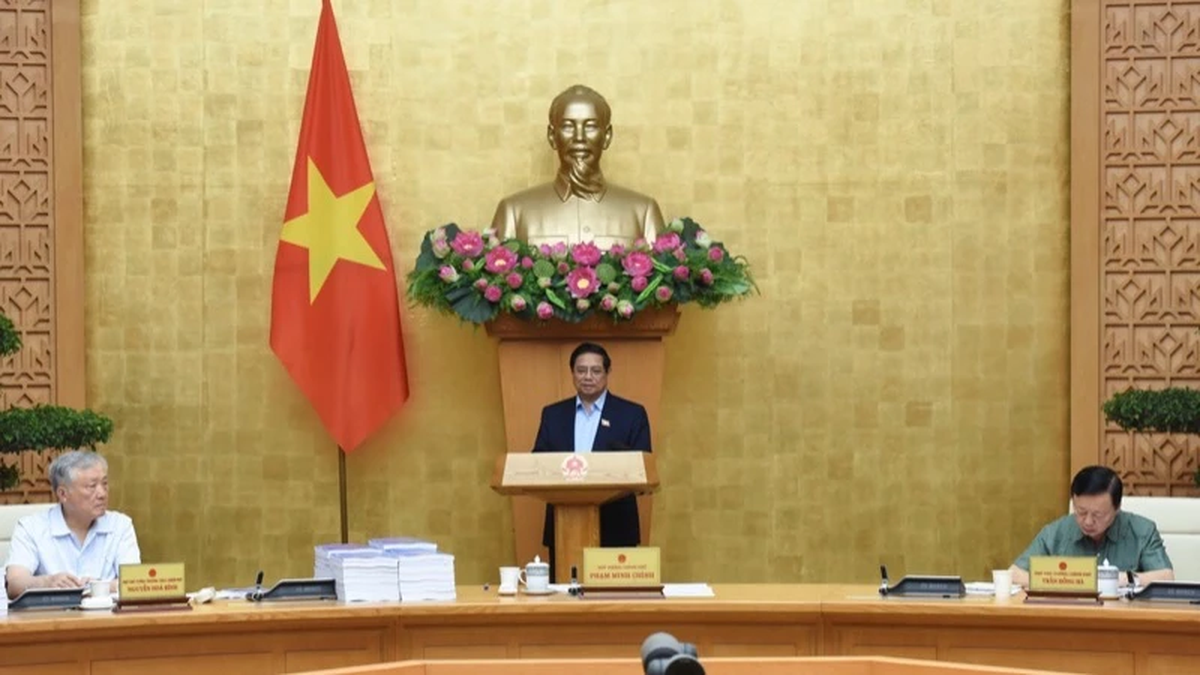

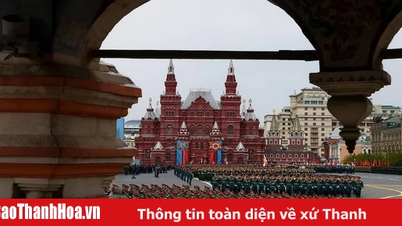
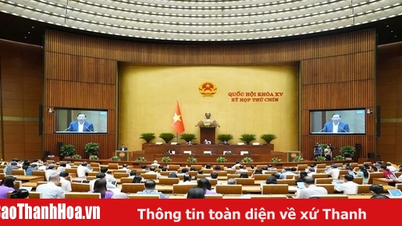


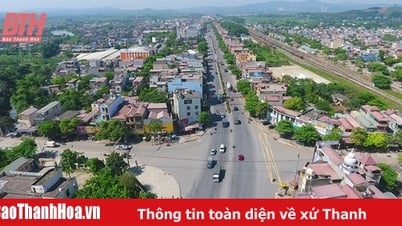









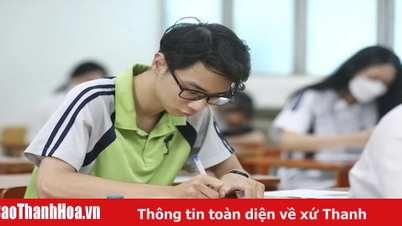































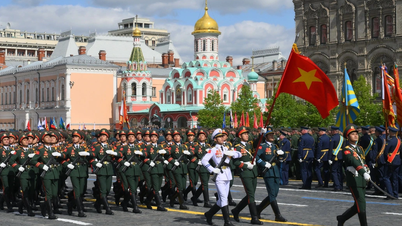
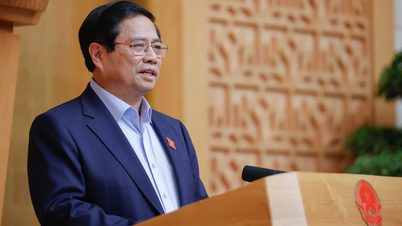
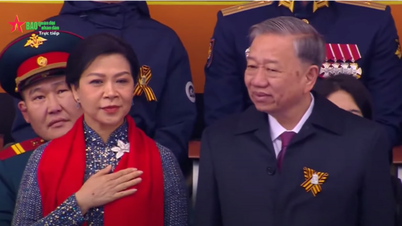


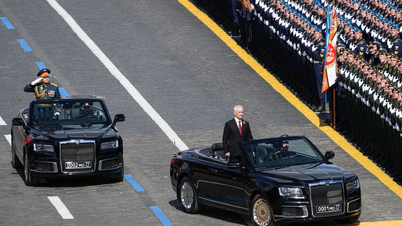
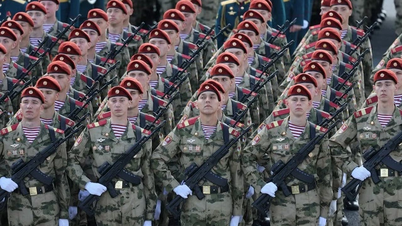
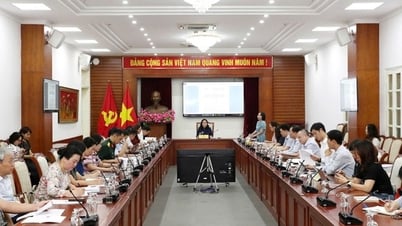



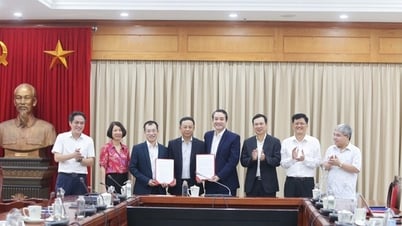



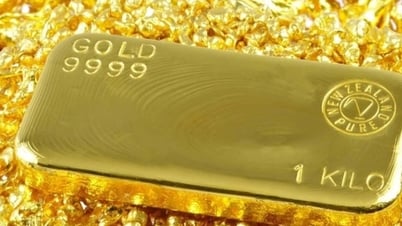

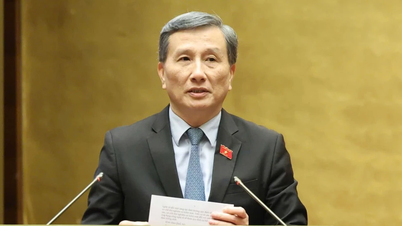
















Comment (0)